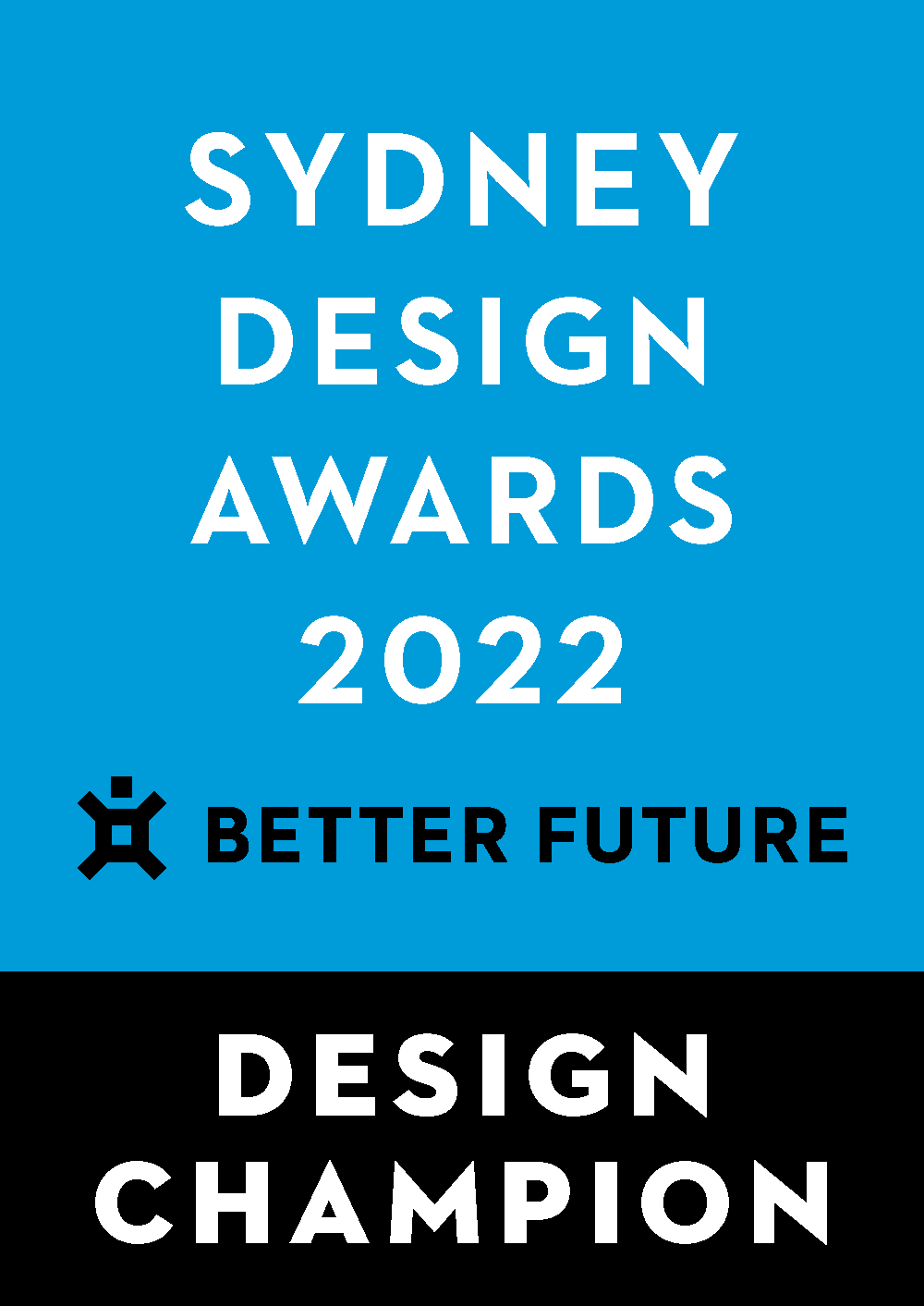









Image Credit : Rory Gardiner

Project Overview
Quay Quarter Lanes is the rejuvenation of a city block in the heart of Sydney City at Circular Quay. The project comprises a collection of new and restored buildings, laneways and arcades - all by different architects working alongside each other. Responding to the precinct masterplan, each architect was responsible for designing one building, mindful of its neighbours whilst celebrating its own distinct identity.
Our building at 8 Loftus Street squeezes itself between Customs House and the Gallipoli Memorial Club, maintaining continuity of the building line and massing of this historic thoroughfare.
Formally, the new building shifts and folds, fluidly responding to spatial influences and contextual constraints. Mass appears polished and ‘ground away’ with setbacks swelling and receding, softening the transitions by gently sliding back from the street facade line. In reference to nearby heritage buildings, corners gently curve and sweep, suggestive of quieter spaces in the laneway just around the corner. Richly inhabited edges provide spaces to sit with your back to the wall.
Project Commissioner
Collimate Capital (formerly AMP Capital)

Project Creator
Team
Studio Bright team:
Melissa Bright, Director
Rob McIntyre, Director for Design Realisation
Ryan de Winnaar, Associate
Emily Watson, Associate
Jaxon Webb, Architect
Annie Suratt, Associate
Todd De Hoog, Architect
Pei She Lee, Graduate
Consultants:
Landscape and Urban Design: ASPECT Studios
Public Art: Jonathan Jones
Design Engineer: Arup
Project Brief
Two levels of retail spaces form a base for 31 apartments housed over six upper levels. An arcade link marries the busy street to the inner laneway refuge. Upper-level restaurants lead the eye up to tucked-away spaces for exploration and respite. The whole is capped by a roof space brought to life with a recreational roof garden for the use of all residents.
The receded upper levels present a softened roofscape form to positively contribute to the quality of the outlook of the adjoining buildings. Tiered private outdoor spaces climb to the shared roof garden. With a height reduced from the existing, it sits down below Customs House and, importantly, greatly improves solar access to Macquarie Place park.
Project Innovation/Need
An important component of the project was the integrated public art and our arcade ceiling was designed as a canvas for a significant piece. Wiradjuri-Kamilaroi artist Jonathan Jones was engaged for this project. His work titled ‘Weerong’ is an integrated light and sound installation that reflects on the past histories of the site. It acknowledges the traditional owners, the Gadigal people, the wider Eora or Sydney Aboriginal community and the site’s pivotal role in early colonial cross-cultural relationships.
Design Challenge
Studio Bright’s considered resolution of form and materials respond to the challenges imposed by planning constraints as well as the cultural and physical context of the site. The Loftus Street façade at footpath level is framed by a flowing awning projection that swells out at the corner where seating recesses give stopping and sitting points. The awning projection is punctuated by the popped-up opening that marks the arcade entry. This link incises the building to carve an entry point for the apartments and an alluring pathway through to Loftus Lane. Compressing down in plan and section only to expand again coming into the lane, the arcade ceiling incorporates ‘Weerong’ an integrated sound and light artwork by Wiradjuri-Kamilaroi artist Jonathan Jones.
Sitting against the Sydney sandstone, the choice of steel grey bricks has been made to contrast and sharpen appreciation of both materials. Solid brick panels, perforated brick screens and black aluminum horizontal ribbon ledge elements alternate and interweave within a vertical organizational grid to lend the façade a woven fabric-like visual quality. Perforated, bronze anodized adjustable screens provide sun shading and privacy to the apartments.
The grey bricks have been developed as a custom size and colour with custom radiused bricks used to ensure smooth corner transitions and an urban form that ‘dissolves' at the building edges. To the street base, the charcoal brickwork pattern directly references the deeply textured sandstone block pattern of the adjacent heritage buildings.
Sustainability
8 Loftus Street is part of the Quay Quarter Lanes mixed-use precinct. Studio Bright’s site response has considered the building’s contribution to the city as a place for people providing activation, integrated seating for respite, pedestrian connections and greenery. The form of the building shifts and folds, responding to contextual influences and minimising the building’s impact on the public realm. External and internal materials are high quality and resilient, ensuring the building will age well. The building responds to the seasons through facade design, including horizontal steel ledges for shading and operable screens on all west-facing balconies. Communal spaces are naturally ventilated and look onto vertical gardens. The roof terrace is a shared space for all residents, providing planting, seating, a bbq and views over the city. Apartments provide high indoor environment quality with operable windows ensuring cross-ventilation, daylight to all primary rooms and an external balcony or terrace.
8 Loftus Street is one of three high-quality residential buildings within the Quay Quarter Lanes precinct. The development delivers much-needed residential apartments within Sydney’s CBD. The building and larger precinct provide a range of apartment types, sizes and layouts to accommodate a broad range of occupants. Targeted at owner-occupiers, the building is fully occupied. The structural design allows for flexibility and adaptive reuse in the future.
Architecture - Multi Residential - Constructed
This award celebrates the design process and product of planning, designing and constructing form, space and ambience that reflect functional, technical, social, and aesthetic considerations. Consideration given for material selection, technology, light and shadow.
More Details

